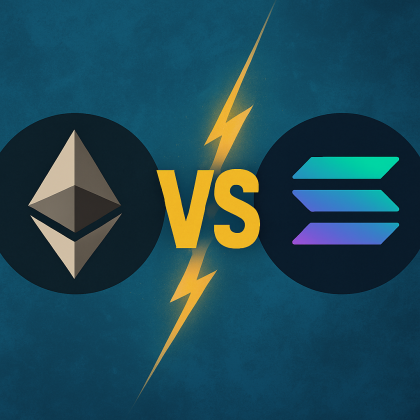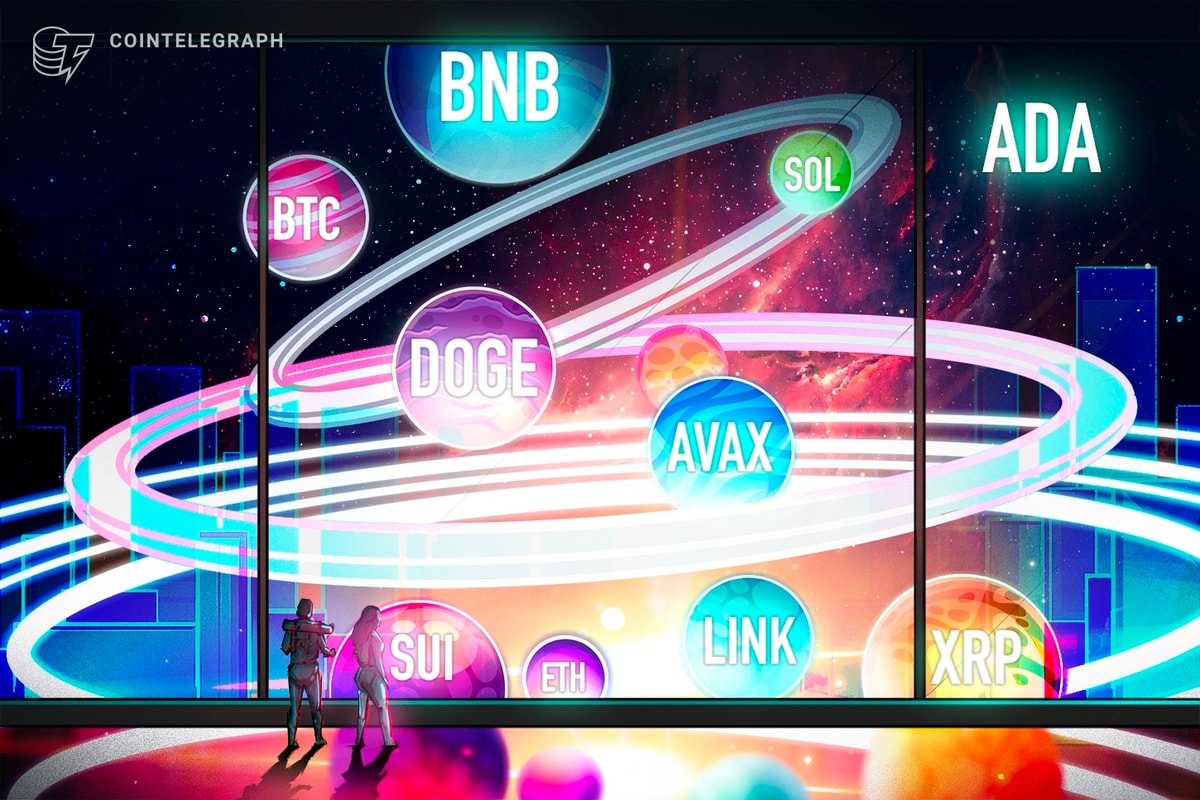On May 24, Cointelegraph spoke with Brendan Farmer, co-founder of Polygon, to discuss the inner workings of the Polygon AggLayer. Brendan Farmer has a strong background in mathematics and cryptography.
According to a Mirror post by Farmer, the AggLayer can be described as:
“[...] a decentralized protocol operated by staked nodes that ensure safety for low-latency, cross-chain transactions and a unified bridge.”

Cointelegraph: How long will it be before we see the AggLayer implemented?
Brendan Farmer: “I think we’re moving at a pretty good pace. I think the tentative sort of internal estimate is sometime in Q3.”
Cointelegraph: How does the AggLayer reduce latency and secure cross-chain transactions?
BF: “So, there’s this issue right now with the Ethereum layer 2s (L2s), this problem we call fragmentation. I think we probably have dozens of L2s now and assets deposited in Optimism (OP), Arbitrum, zkSync, and so on. The problem is that each of these individual L2s can’t accommodate the worldwide demand for blockspace for crypto usage.
“Right now, when you bridge, you don’t really get your assets out on the destination chain, you get a wrapped synthetic version of that asset. This shouldn’t be how the world works. Ethereum takes 12 to 19 minutes to finalize a block, and a chain should be able to interoperate safely at much lower latency than that — this is what the AggLayer provides. It allows chains to safely use a shared bridge without transacting on a layer 1 (L1) blockchain.”
Cointelegraph: What is the Chain Development Kit (CDK), and what part does it play in the AggLayer?
BF: “You can think of the CDK as building blocks for this ecosystem, allowing anyone to spin up a chain. The AggLayer stitches them together into something that feels like using a single chain — even as you’re moving through a horizontally scalable space. Eventually there will be the ability for developers to use different execution environments.”
Cointelegraph: What are the main challenges in establishing the AggLayer?
BF: “The AggLayer is designed to allow chains to use a shared bridge with a safety guarantee for low-latency interoperability. Ensuring this safe interoperability is inherently challenging. Unlike other ecosystems, the AggLayer doesn’t require revenue or profit sharing to use the technology.”
Related: Web3 needs more layer 2s — Polygon co-founder
Cointelegraph: What use cases or improvements can the AggLayer provide, looking ahead to 2025?
BF: “Regarding use cases, I would give it two classes of things it enables. The first is how it can lower costs at a much higher scale. If you think about what it would take to onboard 100 million people into decentralized finance (DeFi), it’s not possible on any existing chain, but the AggLayer offers a pathway where that would be possible.
“On a chain, you’re bound by the constraints of the chains’ virtual machine (VM), and so, this implicitly limits your ability to design new applications. There’s a really interesting DeFi chain launching on Cosmos called Penumbra that’s enabling private swaps and private staking — applying privacy to DeFi not really possible on Ethereum L1 or L2’s.
“However, on the AggLayer you could have a chain with a completely different VM or state model, but still completely composable as if it were on the same chain. I think this flexibility and enablement of new VMs will change the game for developers and how they can build.”
Cointelegraph: What first interested you about zero-knowledge (ZK) technology?
BF: "I think first, just from studying math in school. I desperately wanted to do something mathematically interesting, and the way I was first exposed to cryptography and became more interested was from the Snowden leaks and seeing this level of invasiveness and compromise of privacy.
“Discovering that we could use math to fix this fundamental social problem, I really like that ZK offers us the ability to reclaim privacy in financial transactions and how we use the internet. I think navigating financial privacy is going to be really important over the next few decades.”
Magazine: Historic turning point for crypto, Ethereum ETFs, FIT21, Trump: Hodler’s Digest, May 19-25










